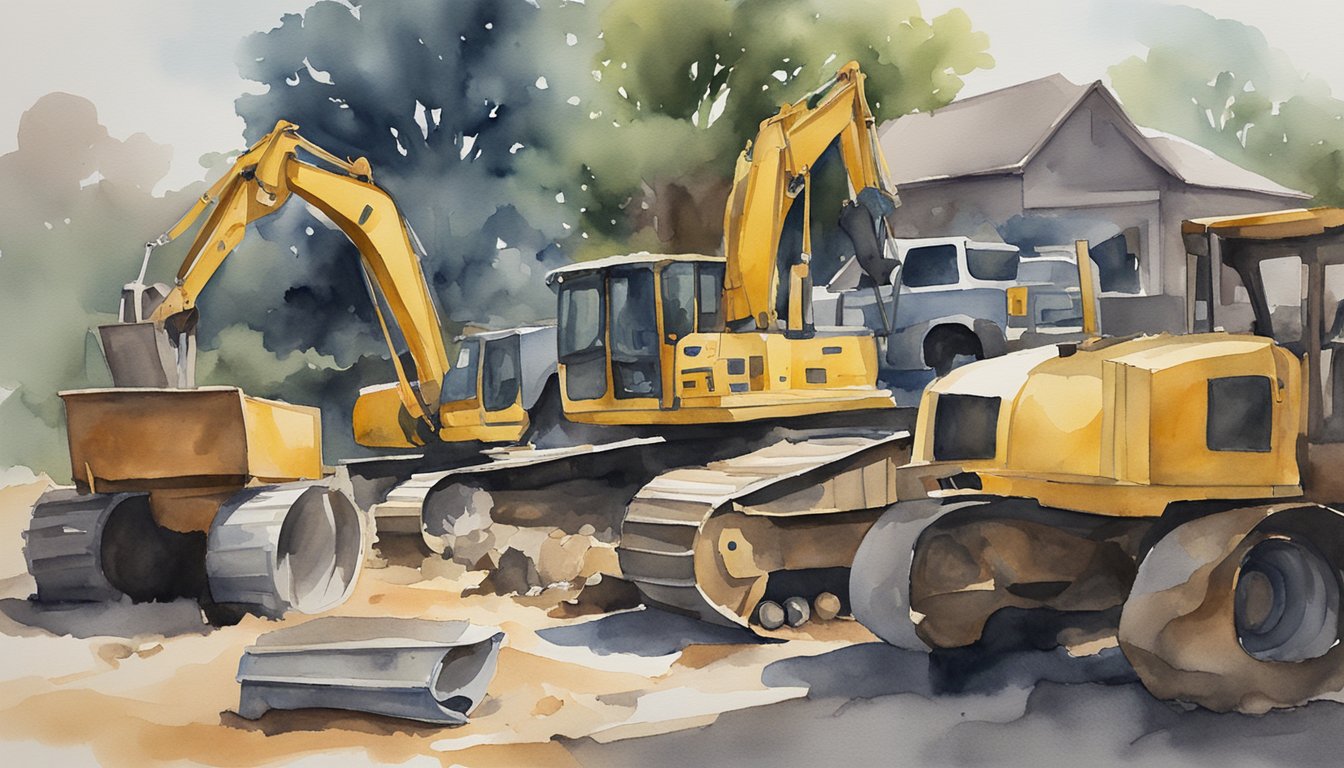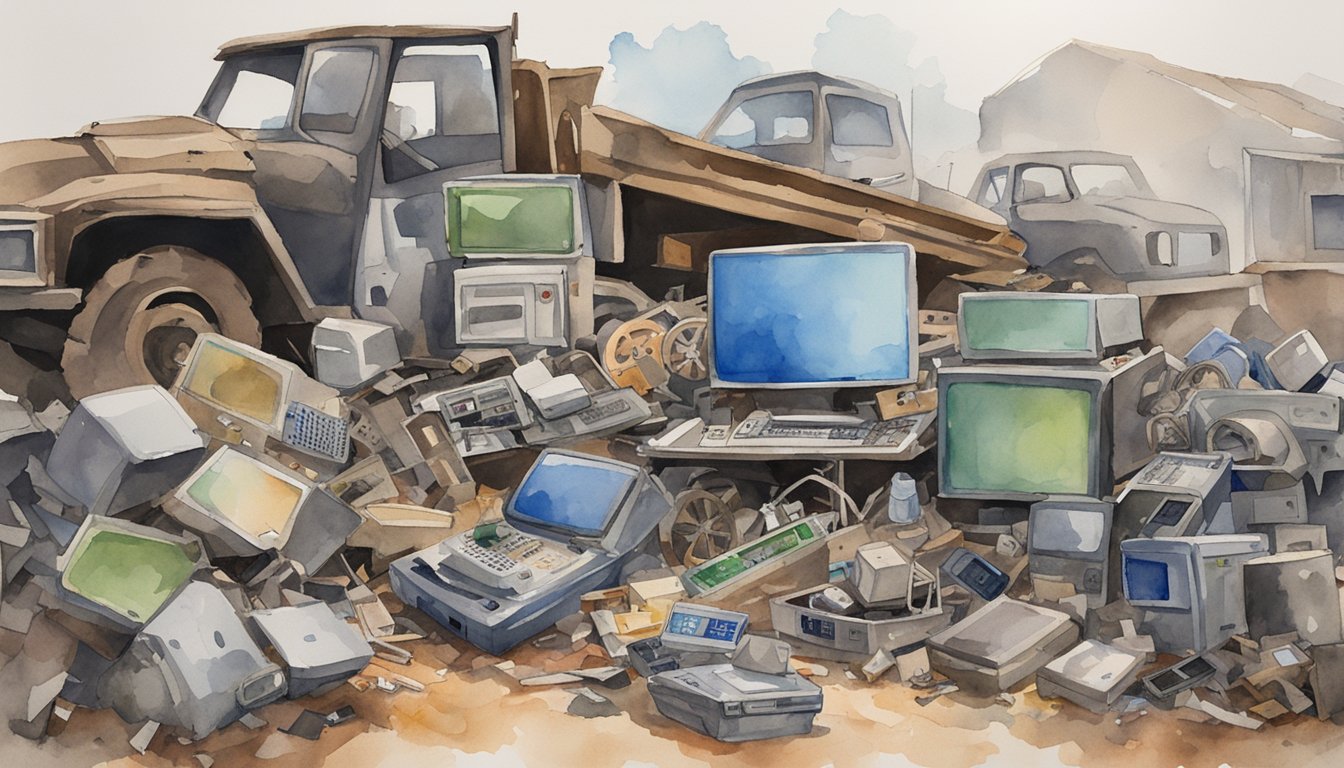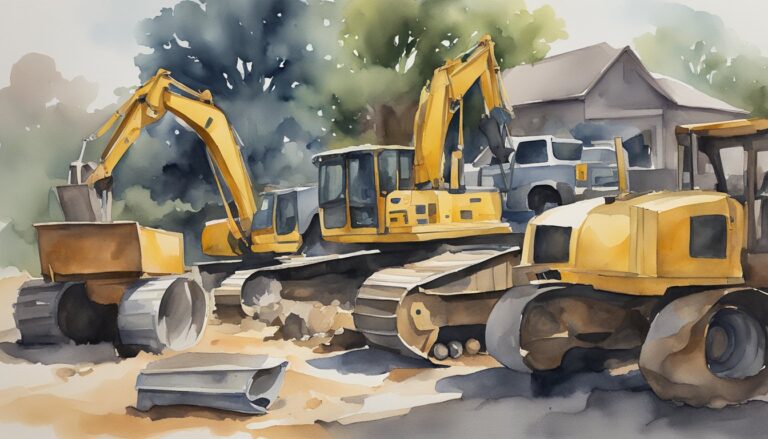Understanding Depreciation
Depreciation is the gradual reduction in the value of a fixed asset over its useful life.
This can be due to wear and tear, aging, or obsolescence.
Useful life refers to how long an asset is expected to provide economic benefit.
When the useful life ends, the asset often has some remaining value, known as the residual value or salvage value.
Depreciation Methods
Different methods can be used to calculate depreciation:
-
Straight-Line Depreciation: This method spreads the cost of the asset evenly over its useful life. The formula is:
[
text{Annual Depreciation Expense} = frac{text{Asset Cost} – text{Salvage Value}}{text{Useful Life}}
] -
Declining Balance: This method accelerates depreciation, with higher expenses in the early years. The double-declining balance method is a common variant.
-
Units of Production: Depreciation is based on usage, such as hours of operation or units produced.
Depreciation Calculation
Calculating depreciation involves:
- Determining the Asset’s Cost: This includes purchase price and any additional expenses to make the asset usable.
- Estimating Useful Life: How long the asset will be beneficial.
- Estimating Residual Value: Value at the end of the useful life.
- Choosing a Depreciation Method: Which method best reflects the asset’s usage.
Depreciation Schedule
Creating a depreciation schedule helps track the annual depreciation expense.
This schedule outlines:
- Year: Which year of the asset’s life.
- Depreciation Expense: How much depreciation is recorded.
- Accumulated Depreciation: Total depreciation up to that point.
- Net Book Value: Asset’s cost minus accumulated depreciation.
Using this schedule ensures all depreciation is accounted for correctly and consistently.
Depreciation is crucial in the insurance industry, as it affects the valuation of assets and calculation of insurance premiums.
Understanding these concepts can help you better manage your fixed assets and financial records.
Asset Valuation and Management
Understanding asset valuation is crucial in the insurance industry.
For fixed assets like buildings, vehicles, and equipment, knowing their fair value helps in making informed business decisions.
Fixed assets depreciate over time, and you must calculate depreciation accurately.
The salvage value or residual value represents the estimated amount that the asset will be worth at the end of its useful life.
This value is also called scrap value.
When managing business assets, it’s important to differentiate between their initial asset cost and their eventual disposal value.
Essentially, this process affects your company’s financials and the overall value of your fixed assets.
To calculate depreciation, subtract the salvage value from the original cost of the asset.
Divide this by the useful life of the asset to find the annual depreciation expense.
For instance, if you have vehicles or tools, you must also consider their replacement cost, which differs from their salvage value.
Tangible assets like buildings and equipment must be regularly appraised.
Their present value and estimated salvage value are essential in the context of insurance and asset management.
In conclusion, evaluating and managing your business asset correctly ensures better financial planning and asset longevity.
Tax Considerations and Regulations

When dealing with the insurance industry, tax considerations around salvage value are important. Depreciation plays a key role here.
The IRS allows companies to account for depreciation of assets, which affects financial statements like the income statement and balance sheet.
Straight-line depreciation is commonly used in the insurance industry.
This method spreads the depreciation expense evenly over the asset’s useful life.
For example, if an asset costs $50,000 with a salvage value of $5,000 and a useful life of 10 years, the annual depreciation would be $4,500.
| Term | Description |
|---|---|
| Depreciation | Reduction in the value of an asset over time |
| Asset | Property owned by the company |
| IRS | Internal Revenue Service |
| Salvage Value | Expected resale value of an asset at the end of its useful life |
The IRS requires companies to estimate salvage value when acquiring a fixed asset. MACRS (Modified Accelerated Cost Recovery System) is another method used for depreciation calculation.
This method accelerates depreciation, giving more tax benefits in the earlier years of the asset’s life.
Tax regulations also impact how you report on your company’s financial health.
Accurately calculating accumulated depreciation and depreciation expense ensures your financial statements reflect the true value of your fixed assets.
The resale value of these assets must be considered in your tax planning to maximize benefits.
Understanding tax implications and regulations around depreciation helps your business manage profits and expenses better.
Being compliant with the IRS can save your company from penalties and optimize your tax strategies.
Frequently Asked Questions

Understanding salvage value is essential for managing the finances of an asset in the insurance industry.
Here, we address common questions related to its calculation, impact, and accounting treatment.
How is salvage value calculated in depreciation methods?
Salvage value is calculated by estimating the amount you can receive for an asset at the end of its useful life.
This value is subtracted from the asset’s initial cost to determine the depreciation expense.
Various methods, like straight-line or declining balance, adjust the asset’s book value over time based on this estimate.
What is the difference between salvage value and residual value?
Salvage value and residual value often refer to the same concept: the estimated worth of an asset at the end of its useful life.
In the insurance industry, these terms can be used interchangeably, though some distinctions might arise based on context or specific accounting practices.
Can salvage value be negative, and under what circumstances?
Typically, salvage value is a positive amount.
However, it can be negative if the costs to dispose of the asset exceed its worth.
This situation is rare and usually occurs when an asset’s disposal requires significant expense, like hazardous material cleanup.
What factors should be considered when estimating the salvage value of an asset?
Several factors influence the salvage value estimate, including the asset’s condition, market demand, and disposal costs.
Historical data on similar assets and expert appraisals also play crucial roles.
Accurate estimation ensures proper financial management and compliance with accounting standards.
How does salvage value impact the total cost of ownership of an asset?
Salvage value directly affects the total cost of ownership by reducing an asset’s depreciation expense over its useful life.
By accurately estimating this value, you can better forecast your financial obligations and make more informed purchasing or investment decisions.
In what ways is salvage value treated differently in various accounting standards?
Different accounting standards, such as GAAP and IFRS, may have unique requirements for handling salvage value.
These differences can impact how depreciation is calculated and reported.
Understanding these standards ensures accurate financial reporting and compliance with regulatory frameworks.






